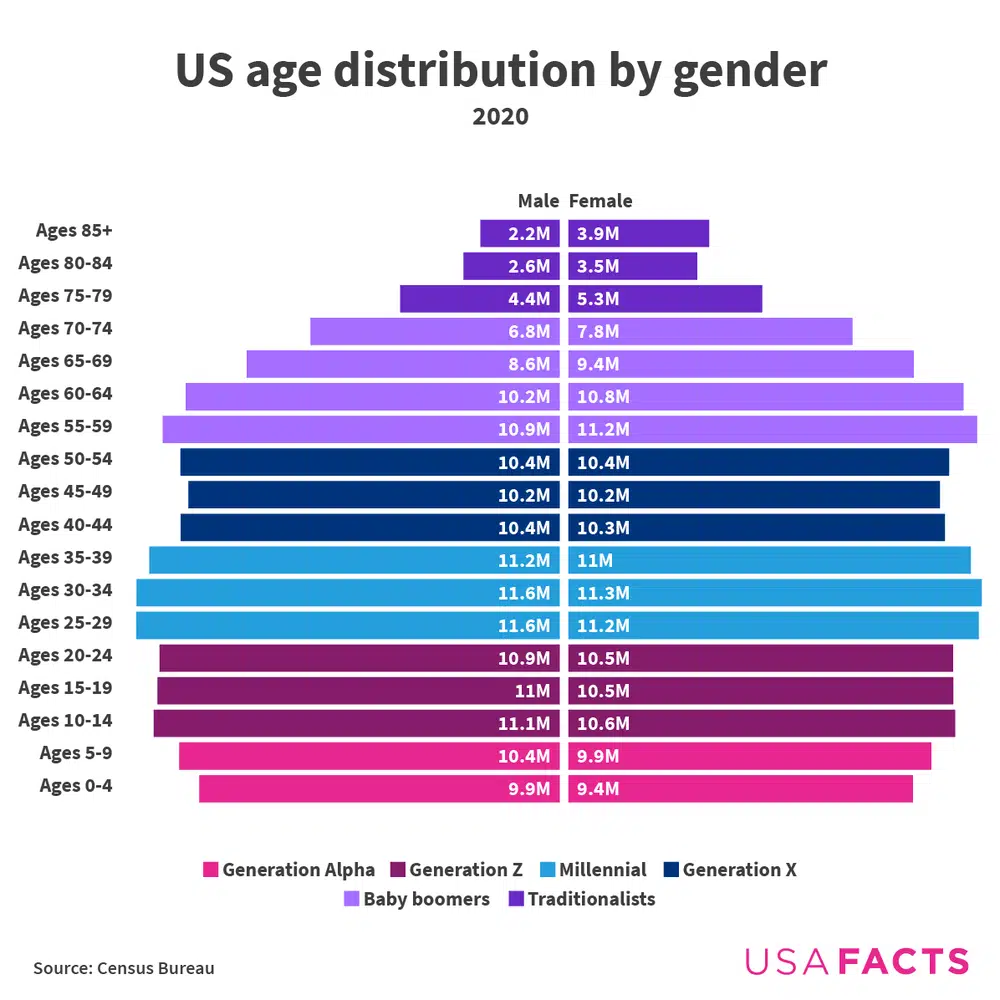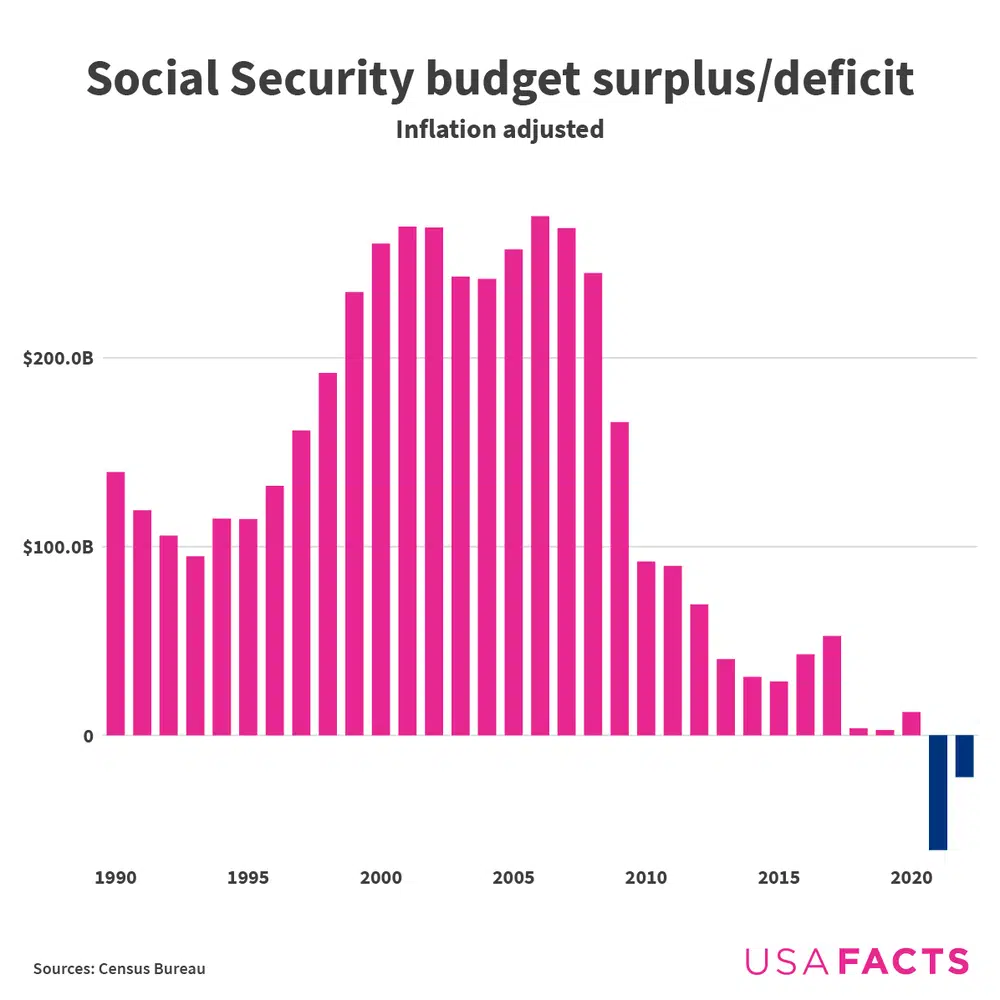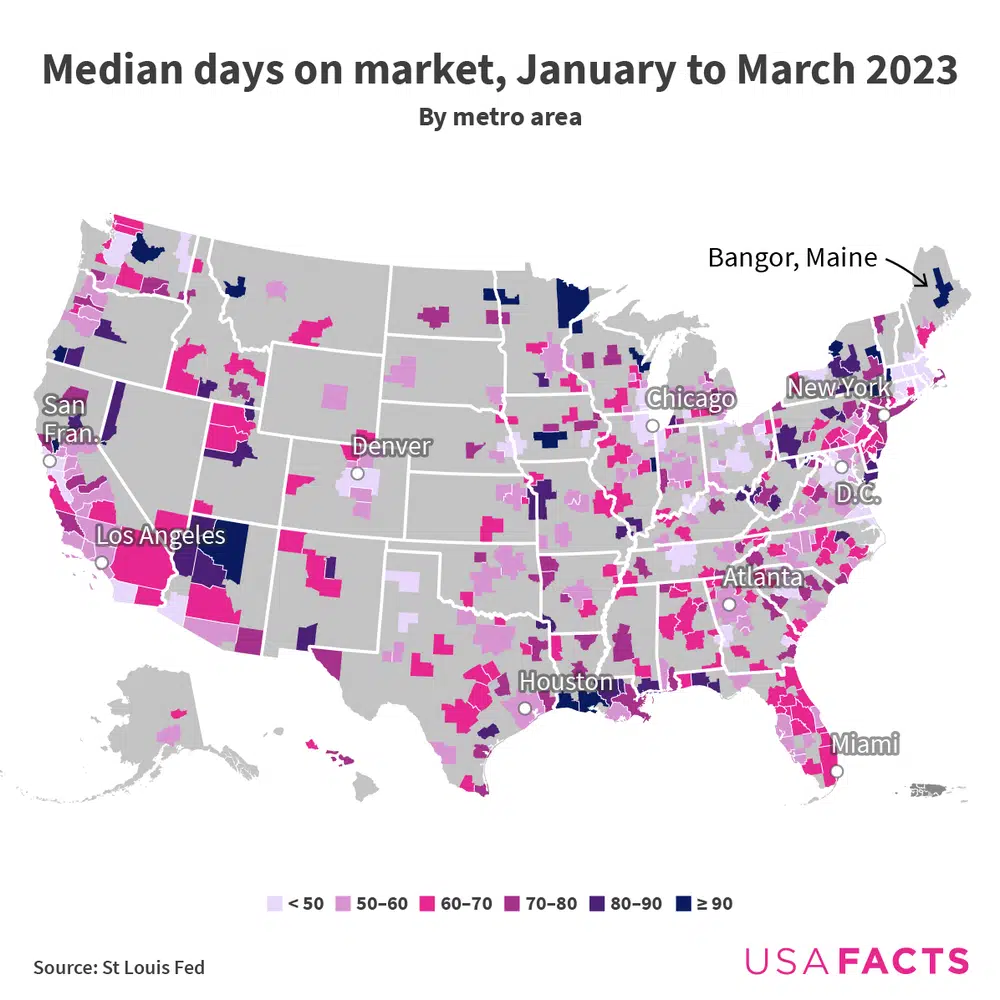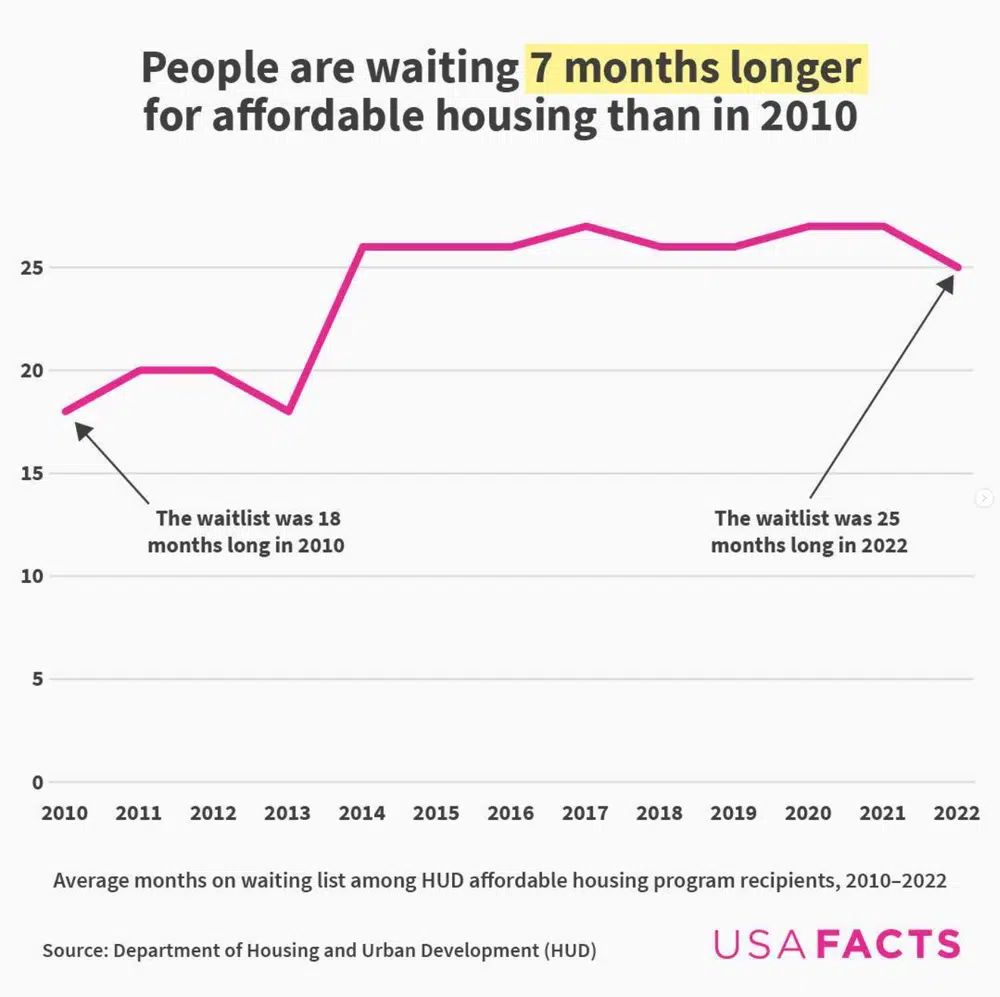Economy
How many teens are in the labor force?

Declining birth rates mean fewer people are paying for Social Security while the older adult population is growing. This doesn’t mean that funds will necessarily run out, but the program could become insolvent if Congress doesn’t act. Here’s how the population has grown and what it could mean for the program.


See more about the growing population for Social Security benefits.
When many people are on the market trying to buy a home, houses tend to get snapped up quickly. A low median number of days on the market for available homes indicates high demand for houses. Nationwide, homes sat on the market for an average of 65 days during the first three months of 2023. But which US cities have the most competitive housing markets? USAFacts looked at housing markets through two angles: days for sale and active listings.

See more about specific metro areas. Plus, in most of the Western US — and almost all predominantly urban counties — an average earner could not afford to buy a median-priced home within their county in 2022. Explore these maps detailing where home prices are rising faster than wages for more.
The Atlantic hurricane season started on June 1 and will run until November 30. This 2022 article detailed how the National Oceanic and Atmospheric Administration predicts hurricanes.
Sharpen your (digital) pencils — it’s time for the weekly fact quiz.

Wait times for affordable housing increased from 2010 to 2022. At the same time, the government cut spending on affordable housing by more than half. Last year, new admissions to the Department of Housing and Urban Development’s affordable housing program waited seven months longer than they did in 2010.
People are also staying years longer in HUD housing. See by how much here.